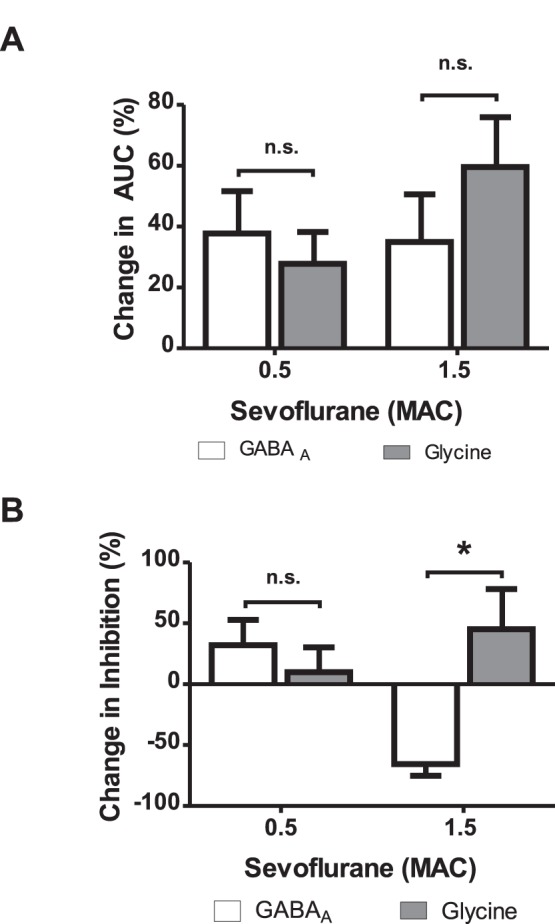Figure 5. Sevoflurane altered the efficacy of GABAergic and glycinergic transmission.

(A) Sevoflurane augmented the inhibitory charge transferred by an averaged synaptic event, which is described by the area under the curve (AUC). The AUC was calculated by multiplication of decay time and amplitude. The increase of the AUC did not differ between GABAergic and glycinergic transmission at low and high concentrations (0.5 MAC: GABAA 37.75±13.9%, glycine 27.8±10.4%; 1.5 MAC: GABAA 34.9±15.7%, glycine 59.6±16.4%, p>0.05 by ANOVA). (B) Synaptic inhibition transferred per time period was estimated by multiplication of the event frequency and the calculated AUC. At sub-anesthetic concentrations (0.5 MAC), synaptic inhibition was provided by both GABAergic and glycinergic systems, although the GABAergic transmission was more prominent (change in inhibition: GABAA 32.2±21%, glycine 10±20%, ns. by ANOVA). Contrastingly, at high sevoflurane concentrations (1.5 MAC) the inhibition provided by GABAA IPSCs was completely deteriorated (change in inhibition by −65.6±9.6%) while the glycinergic IPSC output was further augmented (change in inhibition by 45.2±33%, p<0.05 by ANOVA). *p<0.05 as indicated.
